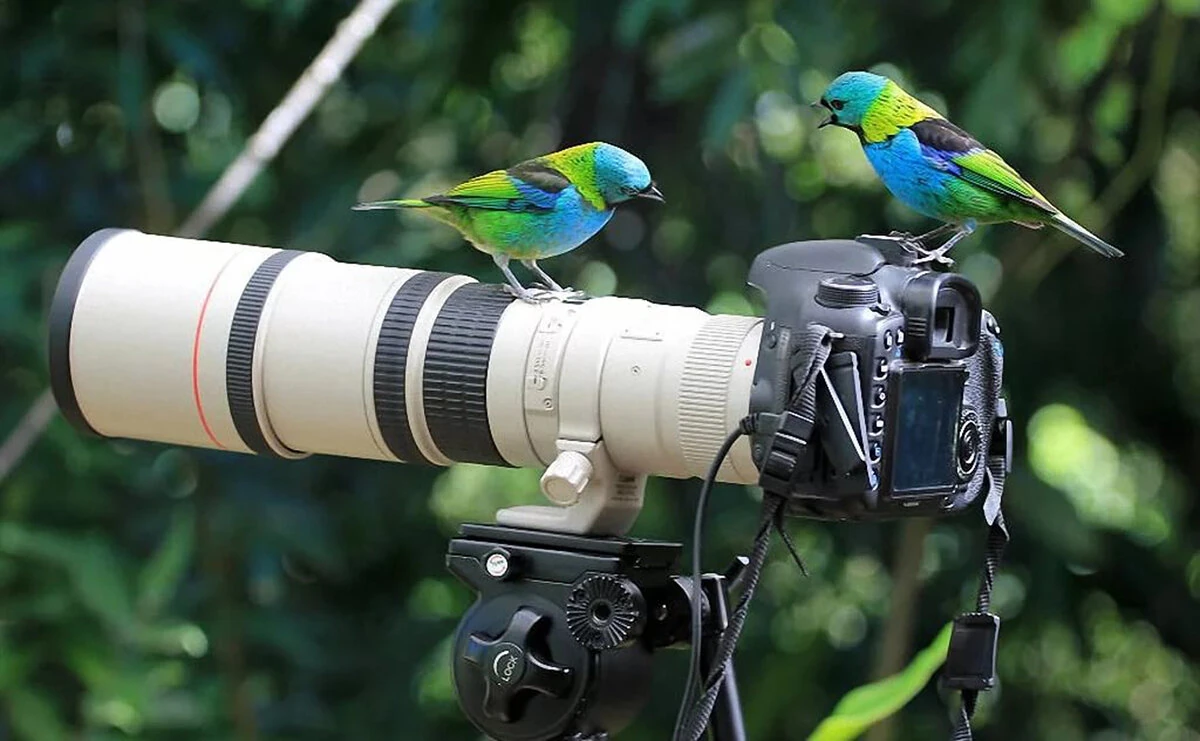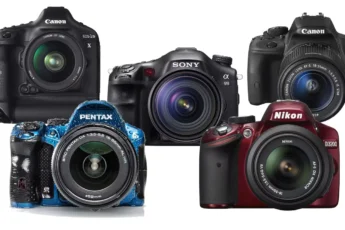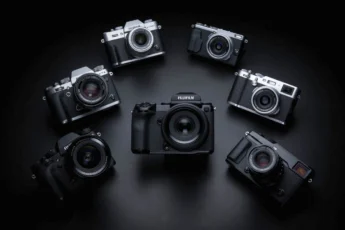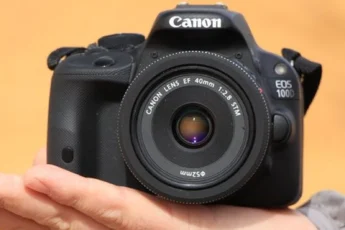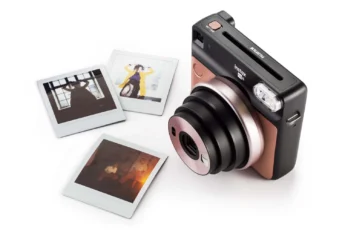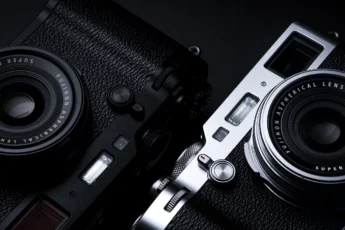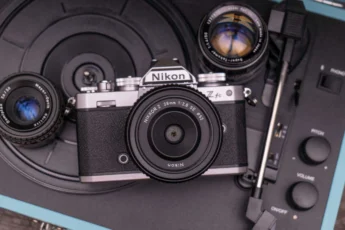Picture this: you’re out in the wilderness, surrounded by the sights and sounds of nature. Suddenly, a majestic bird takes flight, its vibrant feathers catching the sunlight as it soars through the sky. You raise your camera, ready to capture the moment, but by the time you’ve focused and pressed the shutter, the bird is gone, leaving you with nothing but a blurry image and a sense of disappointment.
If you’ve ever found yourself in a similar situation, you know how frustrating it can be to miss out on the perfect shot. But fear not, because with the right camera in hand, you can transform your bird photography game and never miss a moment again. In this comprehensive guide, we’ll explore the best cameras for bird photography in 2024, helping you make an informed decision and take your skills to new heights.
- Importance of Choosing the Right Camera for Bird Photography
- Benefits of Using High-Quality Cameras for Bird Photography
- Key Features to Look for in Cameras for Bird Photography
- Fast and Accurate Tracking Autofocus
- Snappy Burst Speeds
- Sharp Lens and Decent Resolution
- Cutting-Edge Features like Subject-Detection Autofocus
- Top Picks for Best Cameras for Bird Photography in 2024
- Sony Alpha 1
- Canon EOS R3
- Nikon Z 9
- Nikon D850
- Canon EOS R5
- Olympus OM-D E-M10 Mark IV
- Sony Alpha 7R III
- Nikon D7500
- Best Camera Setup for Birds in Flight
- Setting ISO to ‘Auto’
- Adjusting Exposure Compensation
- Conclusion
Importance of Choosing the Right Camera for Bird Photography
When it comes to bird photography, having the right camera can make all the difference. Birds are notoriously quick and unpredictable, often requiring split-second timing and precision to capture the perfect shot. Without a camera that can keep up with their fast movements and deliver sharp, detailed images, you’ll likely find yourself with a collection of blurry and disappointing photos.
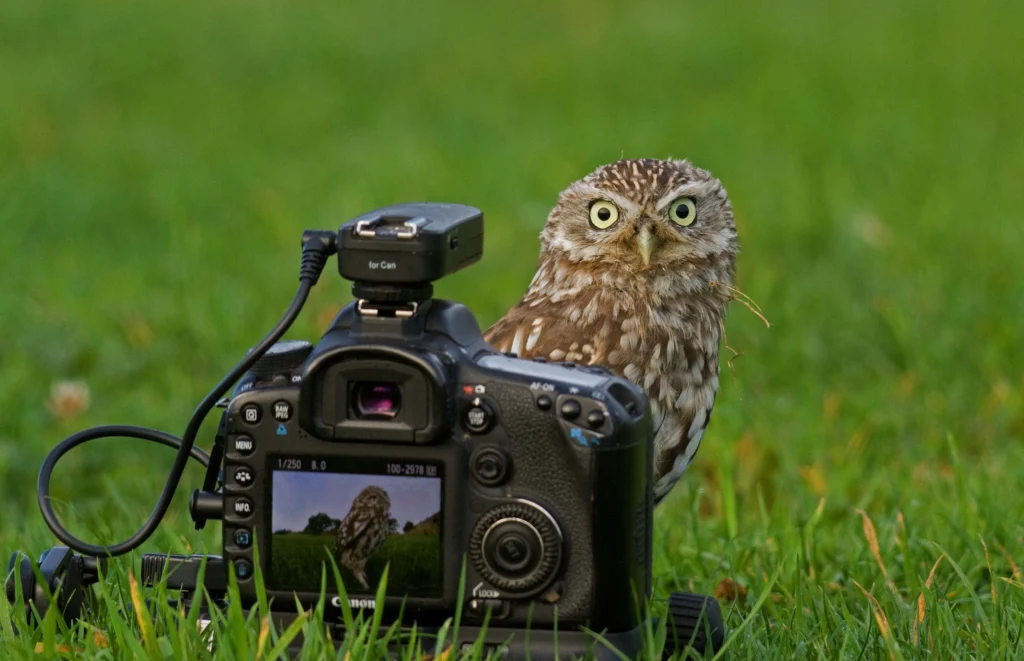
Moreover, bird photography often involves shooting from a distance, as getting too close can disturb the birds and disrupt their natural behavior. This means that you’ll need a camera with powerful zoom capabilities and excellent image stabilization to ensure that your shots remain crisp and clear, even when shooting from afar.
Benefits of Using High-Quality Cameras for Bird Photography
Investing in a high-quality camera for bird photography can open up a world of possibilities. With advanced features like fast autofocus, high burst rates, and superior image quality, you’ll be able to capture stunning images that truly do justice to the beauty and majesty of birds.
As renowned bird photographer David Tipling puts it, “The right camera can be the difference between a good shot and a great one. When you have a camera that can keep up with the fast-paced nature of birds, you can focus on the creative aspects of photography and let the technology handle the rest.”
Not only will a high-quality camera help you capture better images, but it can also make the overall experience of bird photography more enjoyable. With a reliable and responsive camera in hand, you’ll feel more confident in your abilities and be more likely to venture out into nature, seeking new and exciting subjects to photograph.
Key Features to Look for in Cameras for Bird Photography
Fast and Accurate Tracking Autofocus
When it comes to bird photography, autofocus is perhaps the most crucial feature to consider. Birds are constantly in motion, darting from branch to branch or soaring through the sky at high speeds. To capture sharp and detailed images, you’ll need a camera with a fast and accurate autofocus system that can track the bird’s movements and keep it in focus, even as it moves across the frame.
Look for cameras with advanced autofocus technologies, such as phase-detection or hybrid autofocus systems, which can quickly and accurately lock onto the subject and maintain focus as it moves. Some cameras even offer specialized autofocus modes designed specifically for tracking moving subjects, such as Sony’s Real-time Tracking or Canon’s iTR AF X.
Snappy Burst Speeds
In addition to fast autofocus, a camera with high burst speeds is essential for capturing the perfect moment in bird photography. Birds are known for their quick and erratic movements, and having a camera that can shoot multiple frames per second can significantly increase your chances of getting the shot.
When comparing cameras, look for models that offer burst speeds of at least 10 frames per second (fps), with some high-end cameras boasting speeds of up to 30 fps or more. Keep in mind that the camera’s buffer size also plays a role in burst shooting, as a larger buffer will allow you to shoot more frames before the camera needs to pause and write the images to the memory card.
Sharp Lens and Decent Resolution
To capture the intricate details and vibrant colors of birds, you’ll need a camera with a sharp lens and decent resolution. While megapixel count isn’t the be-all and end-all of image quality, having a camera with at least 20-24 megapixels will ensure that you can crop and enlarge your images without sacrificing too much detail.
When it comes to lenses, look for options with fast apertures (f/2.8 or wider) and long focal lengths (300mm or longer) to help you isolate the bird from its surroundings and create beautiful bokeh effects. Many camera manufacturers offer dedicated wildlife and bird photography lenses that are optimized for sharpness, speed, and performance.
Cutting-Edge Features like Subject-Detection Autofocus
In recent years, camera technology has advanced rapidly, with manufacturers introducing cutting-edge features that can take your bird photography to the next level. One such feature is subject-detection autofocus, which uses artificial intelligence and machine learning algorithms to recognize and track specific subjects, such as birds or animals.
With subject-detection autofocus, the camera can automatically detect and focus on the bird’s eye, even if it’s partially obscured or moving erratically. This can be a game-changer for bird photography, as it allows you to concentrate on composition and timing while the camera handles the focusing.
Other advanced features to look for include in-body image stabilization (IBIS), which can help you achieve sharper images when shooting handheld, and silent shooting modes, which can be useful when photographing skittish or easily spooked birds.
Top Picks for Best Cameras for Bird Photography in 2024
Sony Alpha 1
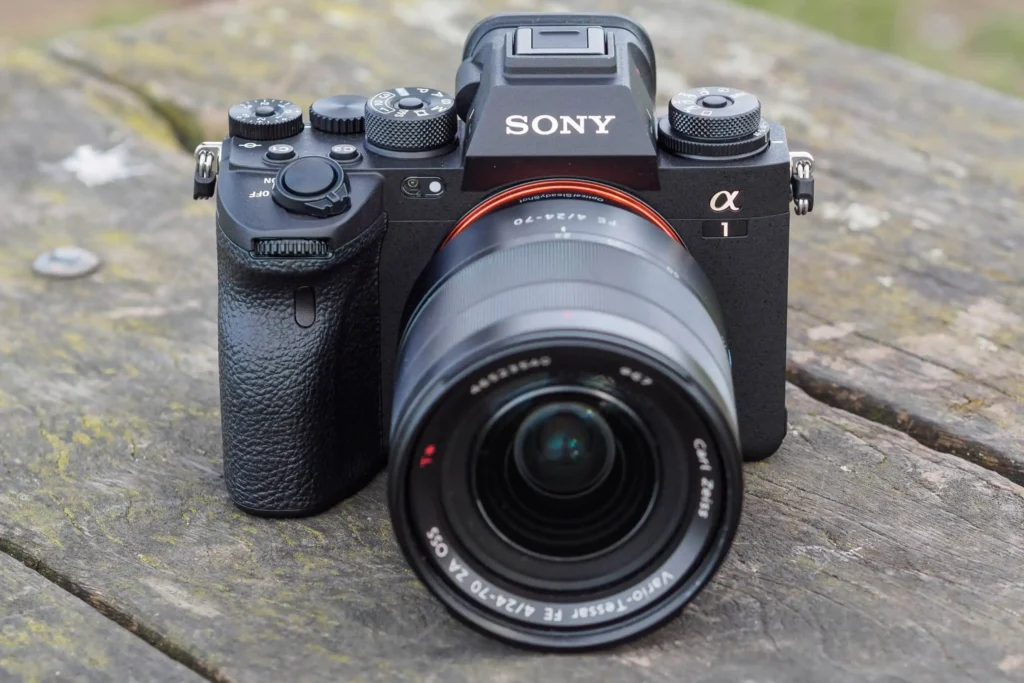
The Sony Alpha 1 is a powerhouse camera that combines speed, resolution, and advanced features, making it an excellent choice for serious bird photographers. With a 50.1-megapixel full-frame sensor, 30 fps continuous shooting, and a lightning-fast autofocus system with Real-time Tracking and Real-time Eye AF for animals, the Alpha 1 is capable of capturing stunning bird images in even the most challenging conditions. The camera also boasts 8K video recording, 5-axis in-body image stabilization, and a durable, weather-sealed body, making it a versatile tool for any bird photography adventure.
Canon EOS R3
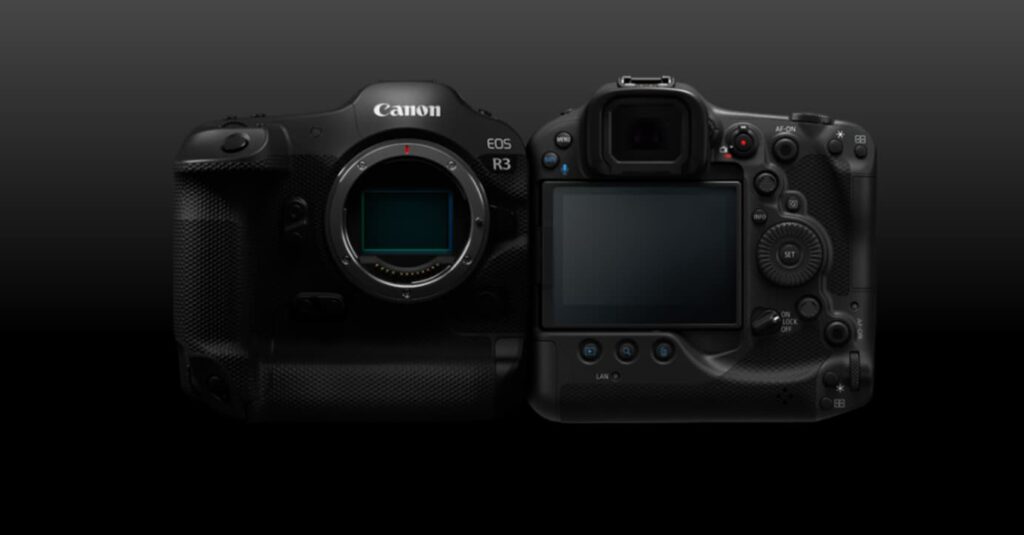
The Canon EOS R3 is a high-performance mirrorless camera designed for professional wildlife and bird photographers. With a 24.1-megapixel full-frame sensor, 30 fps continuous shooting with AF/AE tracking, and an advanced Dual Pixel CMOS AF II system with deep learning-based subject detection and tracking, the EOS R3 is capable of delivering sharp, detailed images of birds in flight. The camera also features a built-in vertical grip for improved handling, a durable weather-sealed body, and 6K RAW video recording.
Nikon Z 9
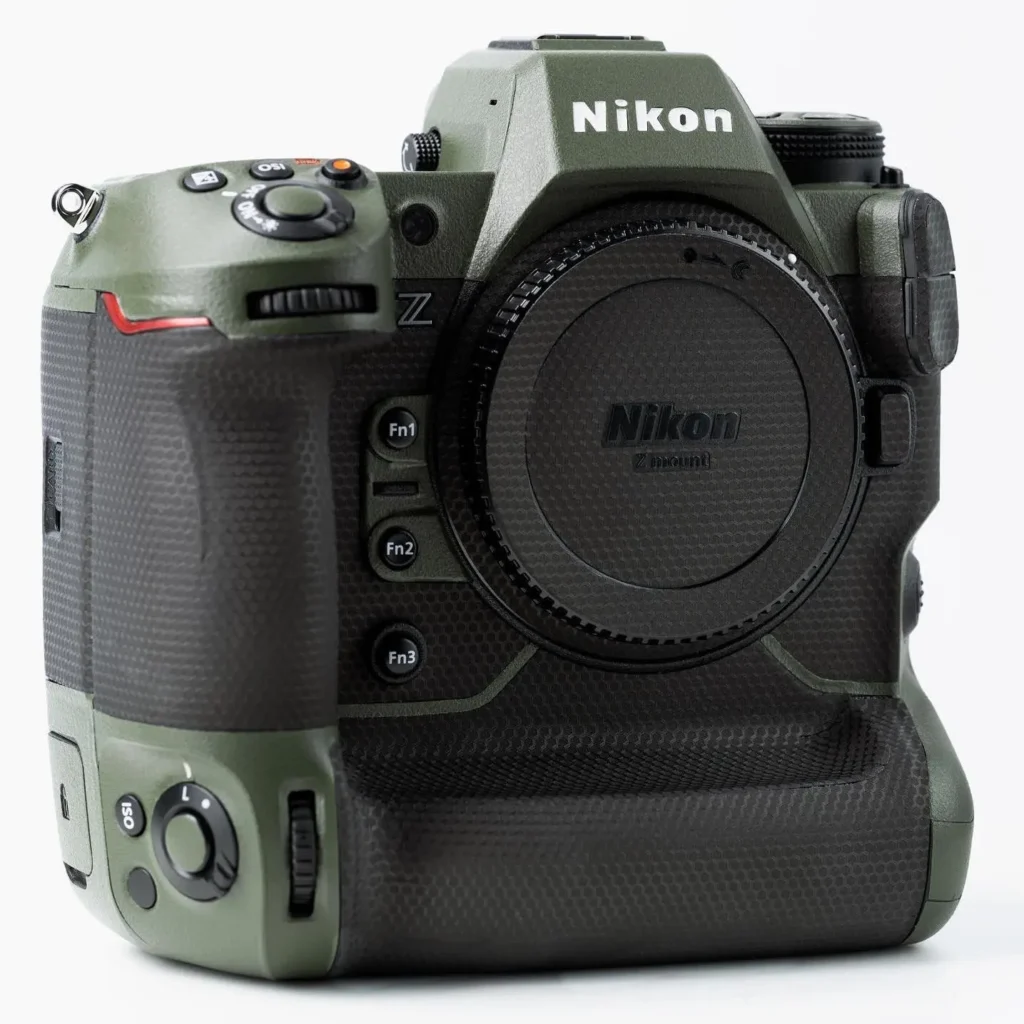
The Nikon Z 9 is a flagship mirrorless camera that offers an impressive combination of speed, resolution, and video capabilities. With a 45.7-megapixel full-frame sensor, 20 fps continuous shooting with AF/AE tracking, and a 493-point hybrid AF system with deep learning-based subject detection, the Z 9 is well-suited for capturing fast-moving birds in a variety of settings. The camera also features 8K video recording, 5-axis in-body image stabilization, and a robust, weather-sealed body.
Nikon D850
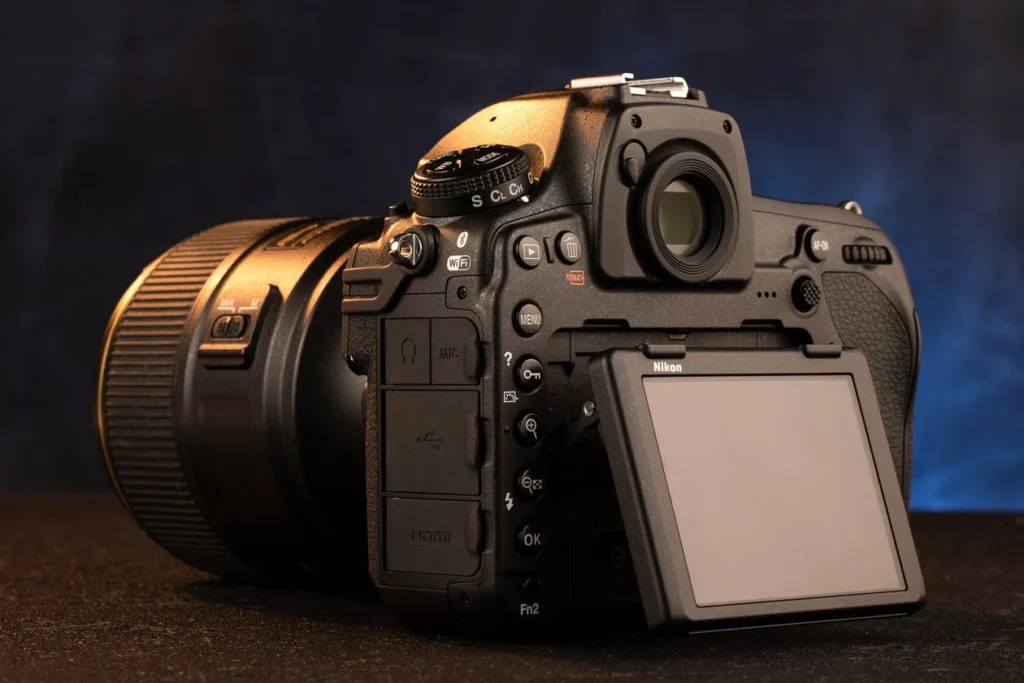
The Nikon D850 is a versatile DSLR camera that offers excellent image quality and performance for bird photography. With a 45.7-megapixel full-frame sensor, 7 fps continuous shooting (9 fps with the optional battery grip), and a 153-point AF system with 99 cross-type sensors, the D850 is capable of capturing detailed and sharp images of birds, even in low light conditions. The camera also features a tilting touchscreen LCD, 4K video recording, and a weather-sealed body.
Canon EOS R5
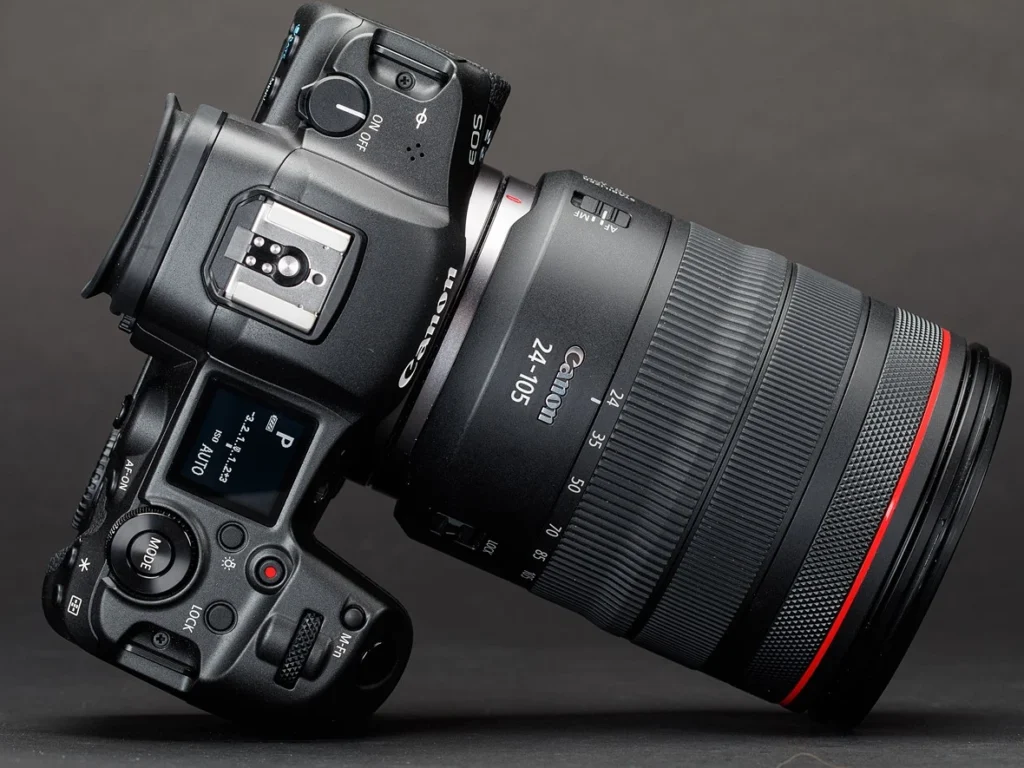
The Canon EOS R5 is a high-resolution mirrorless camera that offers advanced features and excellent performance for bird photography. With a 45-megapixel full-frame sensor, 20 fps continuous shooting with the electronic shutter (12 fps with the mechanical shutter), and a Dual Pixel CMOS AF II system with animal detection and tracking, the EOS R5 is capable of delivering stunning images of birds in flight or at rest. The camera also features 8K video recording, 5-axis in-body image stabilization, and a weather-sealed body.
Olympus OM-D E-M10 Mark IV
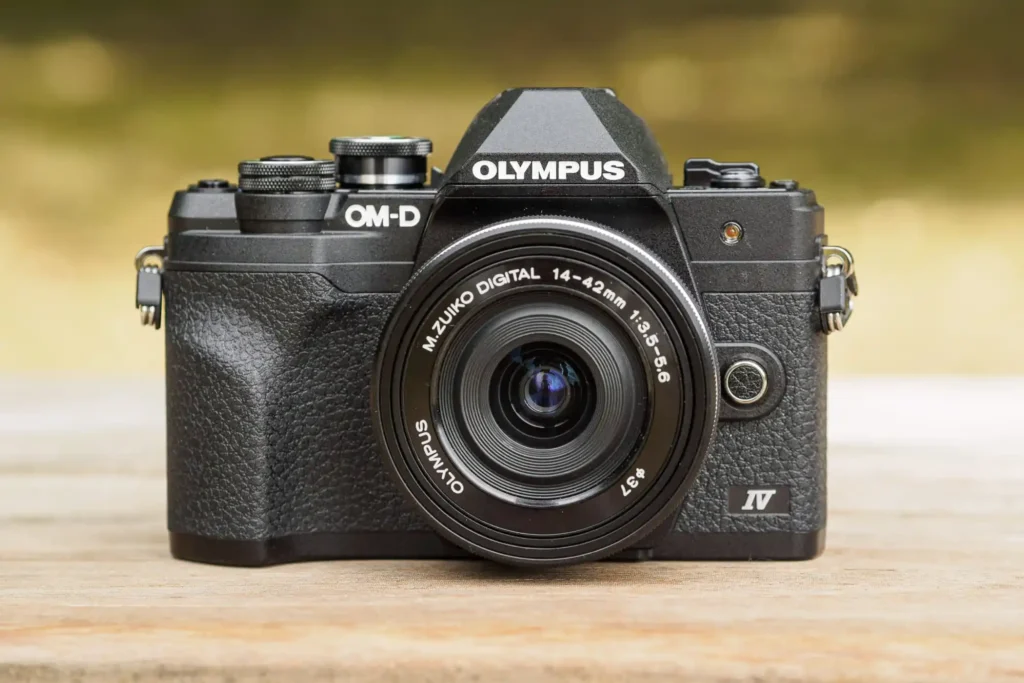
The Olympus OM-D E-M10 Mark IV is a compact and lightweight mirrorless camera that offers excellent value for beginner bird photographers. With a 20.3-megapixel Micro Four Thirds sensor, 15 fps continuous shooting, and a 121-point contrast-detect AF system, the E-M10 Mark IV is capable of capturing sharp and detailed images of birds, even in challenging lighting conditions. The camera also features 5-axis in-body image stabilization, 4K video recording, and a tilting touchscreen LCD.
Sony Alpha 7R III
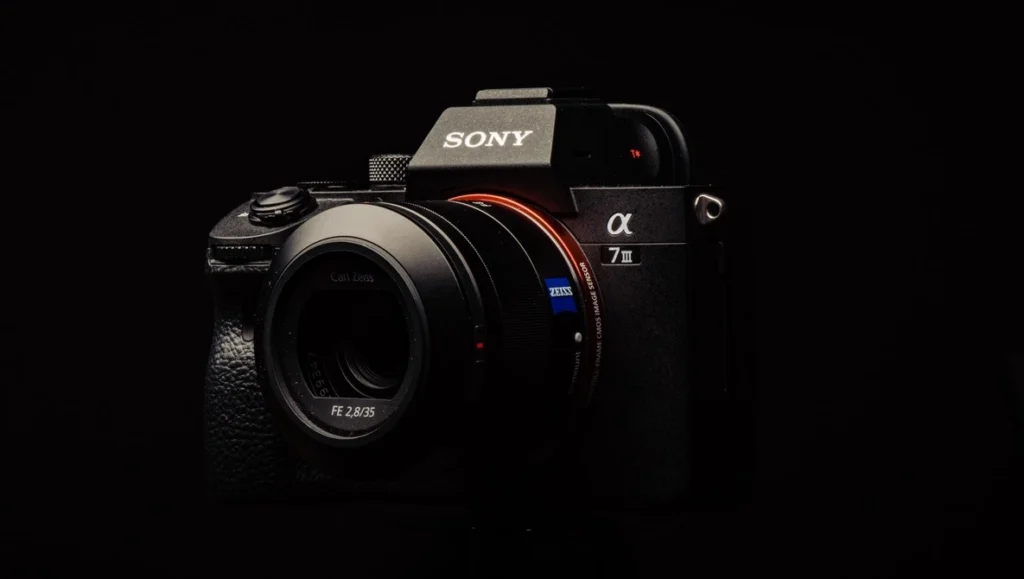
The Sony Alpha 7R III is a high-resolution mirrorless camera that offers excellent image quality and performance for bird photography. With a 42.4-megapixel full-frame sensor, 10 fps continuous shooting, and a 399-point phase-detection AF system with Real-time Eye AF for animals, the Alpha 7R III is capable of capturing stunning images of birds with incredible detail and sharpness. The camera also features 4K video recording, 5-axis in-body image stabilization, and a weather-sealed body.
Nikon D7500
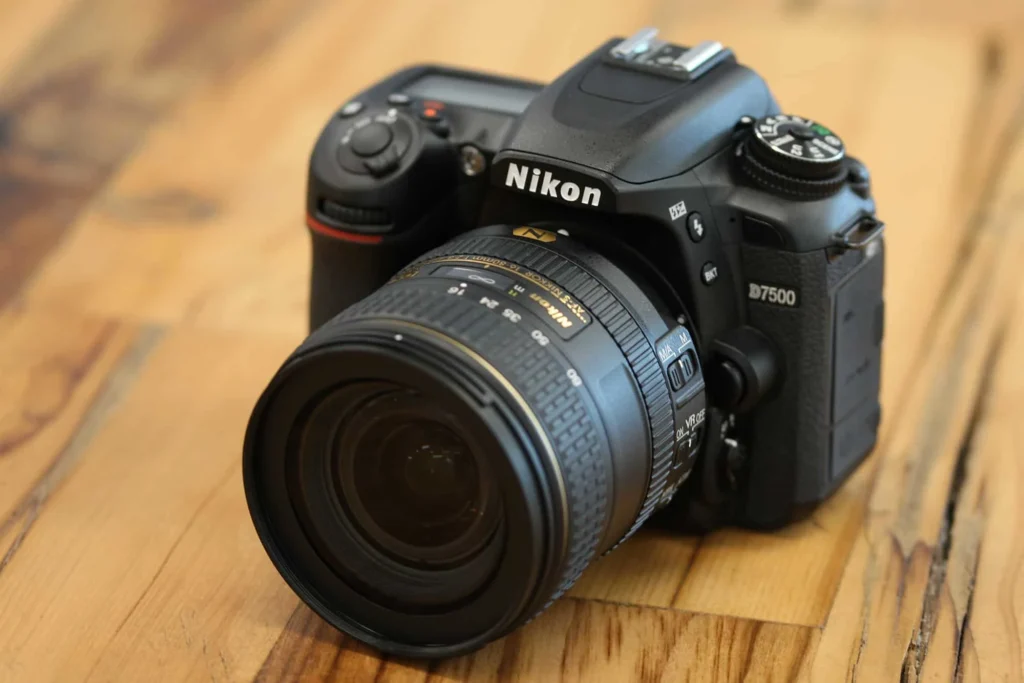
The Nikon D7500 is a versatile and affordable DSLR camera that offers excellent performance for bird photography. With a 20.9-megapixel APS-C sensor, 8 fps continuous shooting, and a 51-point AF system with Group Area AF, the D7500 is capable of capturing sharp and detailed images of birds in a variety of settings. The camera also features 4K video recording, a tilting touchscreen LCD, and a weather-sealed body, making it a great choice for outdoor bird photography adventures.
Best Camera Setup for Birds in Flight
Photographing birds in flight can be one of the most challenging and rewarding aspects of bird photography. To capture sharp and detailed images of birds in motion, you’ll need a camera setup that can keep up with their fast movements and unpredictable behavior. Here are some tips for setting up your camera for optimal results:
Setting ISO to ‘Auto’
When photographing birds in flight, you’ll often be working in changing light conditions, from bright sunlight to deep shade. To ensure that your camera can adapt to these changes quickly, set your ISO to ‘Auto’ mode. This will allow the camera to automatically adjust the ISO based on the available light, helping you maintain the proper exposure even as the bird moves in and out of different lighting conditions.
Most modern cameras have advanced Auto ISO settings that allow you to set a minimum shutter speed and maximum ISO value, giving you greater control over the camera’s behavior. For bird photography, it’s generally recommended to set a minimum shutter speed of 1/1000th of a second or faster to freeze the bird’s motion, and a maximum ISO value of 3200 or 6400 to minimize noise and maintain image quality.
Adjusting Exposure Compensation
Even with Auto ISO enabled, there may be times when your camera’s exposure settings don’t quite match the scene, resulting in images that are too bright or too dark. This is where exposure compensation comes in handy. By adjusting the exposure compensation, you can quickly and easily brighten or darken the image to better suit the lighting conditions and your creative vision.
When photographing birds against a bright sky, for example, you may need to dial in some positive exposure compensation (e.g., +1 or +2 stops) to prevent the bird from appearing as a silhouette. Conversely, when photographing a light-colored bird against a dark background, you may need to use negative exposure compensation (e.g., -1 or -2 stops) to avoid overexposing the bird’s feathers.
Experiment with different exposure compensation settings to find the right balance for each situation, and don’t be afraid to review your images and make adjustments as needed. With practice, you’ll develop a keen eye for exposure and be able to quickly dial in the perfect settings for any bird photography scenario.
Conclusion
Bird photography is a rewarding and challenging pursuit that requires patience, skill, and the right equipment. By choosing a camera that offers fast and accurate autofocus, high burst speeds, sharp lenses, and advanced features like subject-detection AF, you’ll be well-equipped to capture stunning images of birds in their natural habitats.
Whether you opt for a high-end model like the Sony Alpha 1 or Canon EOS R3, or a more affordable option like the Olympus OM-D E-M10 Mark IV or Nikon D7500, the key is to select a camera that fits your needs, budget, and photography style. With the right tools and techniques, you’ll be able to create beautiful and compelling bird photographs that showcase the beauty and diversity of the avian world.
As you embark on your bird photography journey, remember to practice good wildlife ethics and always prioritize the well-being of your subjects. Join local bird photography communities or workshops to learn from experienced photographers, share your work, and contribute to conservation efforts. With dedication and a love for the natural world, you’ll find that bird photography is a fulfilling and lifelong pursuit that brings joy, wonder, and a deeper appreciation for the incredible creatures that share our planet.

